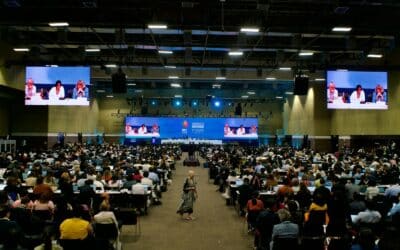 Yet another study questions shows how dangerously simplistic the assumption that dumping iron filements into oceans will sequester carbon is. This latest study, by Ellery D. Ingall et al, published in Nature Communications, looks at a particular type of phytoplankton, a diatom which soaks up iron from oceans and stores it in its skeleton and thus, when the phytoplankton dies, on the ocean floor.
Yet another study questions shows how dangerously simplistic the assumption that dumping iron filements into oceans will sequester carbon is. This latest study, by Ellery D. Ingall et al, published in Nature Communications, looks at a particular type of phytoplankton, a diatom which soaks up iron from oceans and stores it in its skeleton and thus, when the phytoplankton dies, on the ocean floor.
The concept of ‘iron fertilisation’ is based on the assumption that a lack of iron limits the amount of phytoplankton and thus marine life in large parts of the ocean. Phytoplankton sequesters CO2 therefore, so the argument goes, more iron will mean more phytoplankton and thus more CO2 removed from the atmosphere. The recent study in Nature Communications provides just one reason why such an argument is far from accurate: Additional iron could cause diatom blooms that could end up starving affected ocean waters of iron, thus over time reduding the amount of CO2 that would be trapped by the oceans. In short, dumping iron filements could end up increasing, not reducing CO2 in the atmosphere.
For a detailed discussion and a link to the article itself (which requires payment), see http://www.sciencedaily.com/releases/2013/06/130612144833.htm
This is one of many studies which show that marine ecosystems, coupled with marine chemistry and physics, are far too complex to allow for ‘safe’ geoengineering. For example, ast year, researchers at the Sydney Institute of Marine Science warned that ‘iron fertilisation’could result in more greenhouse gas emissions than CO2 sequestration over a period of a century. What studies such as that by Ellergy Ingall et al also illustrate is that it is wrong to look at the climate and the biodiversity impacts of geoengineering as two completely separate, disconnected issues. Blooms of diatoms that potentially strip iron and starve other phytoplankton and marine life and, as a result, increase CO2 in the atmosphere, are a perfect example of unexpected consequences of geoengineering. This is just one of many different ways in which geoengineering could make climate change even worse even faster.



